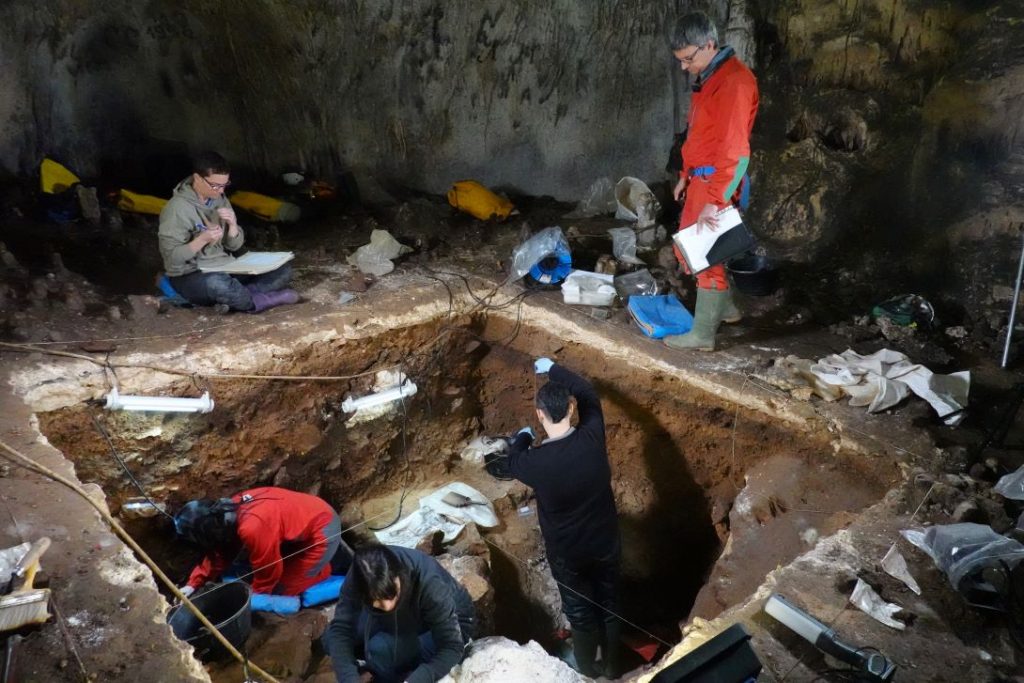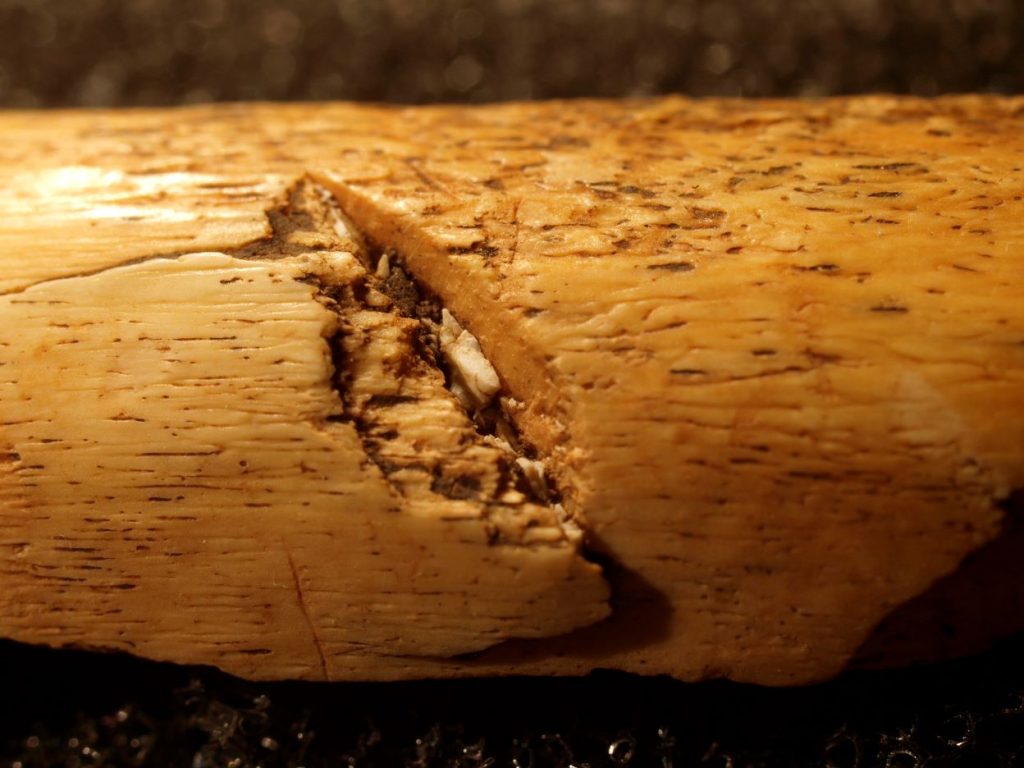15/04/2021
For the first time Neanderthal nuclear DNA preserved in cave sediment has been successfully extracted and analyzed
Some of the samples were obtained from Atapuerca, a confirmed international benchmark for genetic studies of the first hominin populations

Some of the samples were obtained from Atapuerca, a confirmed international benchmark for genetic studies of the first hominin populations
For the first time, a team from the Max Planck Institute for Evolutionary Anthropology has recovered chromosomal DNA of Neanderthal populations conserved in cave sediment; previously extracted only from bones or teeth. Some of the samples used were obtained from the Galería de las Estatuas, in Atapuerca (Burgos, Spain).
In this way, “Atapuerca is consolidated as a benchmark for advancement in genetic studies of the first human populations, since only a year ago the oldest human genetic evidence was made public, specifically, protein material obtained from Homo antecessor teeth discovered in the Gran Dolina site, with a chronology of over 800,000 years old and, in 2016, nuclear DNA isolated in fossils from the Sima de los Huesos, allowed us to progress in establishing links between Homo sapiens, Denisovans and Neanderthals”, highlights Eudald Carbonell, Professor of Prehistory from Rovira i Virgili University (URV), researcher at the Catalan Institute of Human Paleoecology and Social Evolution (IPHES-CERCA), co-director of the Atapuerca Project and one of the authors of the article published today in the journal Science, explaining the new method that makes it possible to obtain DNA from sediment.
The samples used on this occasion come from deposits in northern Spain and southern Siberia. “Their study has provided new clues about the history of Neanderthal populations that will complement what we know so far from the analysis of DNA obtained from teeth and bones”, says Carbonell.
L’ADN antic ha revelat aspectes importants del nostre passat evolutiu, però la seva conservació és molt extremadament rara, de manera que grans parts de la història humana són inaccessibles a l’anàlisi genètica. Ara s’obre una altra via gràcies al nou mètode desenvolupat per l’Institut d’Antropologia Evolutiva Max Planck, que permet analitzar l’ADN nuclear humà dels sediments. Fins ara, només s’havia recuperat l’ADN mitocondrial dels sediments arqueològics, però té un valor limitat per estudiar les relacions poblacionals. La implementació de l’ADN nuclear obtingut dels sediments proporciona noves oportunitats per investigar el passat humà.
Avoid genetic material from other mammals
When extracting ancient human DNA from sediment, care must be taken to avoid confusing it with that of other mammals, since, for example, there is a lot of similarity between some fragments of the human genome and that of a bear. The techniques developed in this study are very new and their testing began using samples from caves where bear DNA had already been analyzed, in order to ensure its functionality and that no errors were committed, as was the case in two caves, Chagyrskaya and Denisova, situated in the Altai Mountains of southern Siberia.

The third place where the method was applied was in the Galería de las Estatuas, in Atapuerca, where years of excavations have yielded stone tools and animal remains consumed by hominins between 115,000 and 70,000 years ago. But only a single Neanderthal toe bone too small to obtain DNA (a phalanx), had been found. Now, however, with the nuclear DNA extracted from sediment, it has even been revealed that not one, but two Neanderthal populations lived in the cave and that one group replaced the other one some 100,000 years ago; for reasons that remain unknown.
In any case, the opportunity to analyze nuclear DNA recovered from sediment greatly expands the range of options available for investigating hominin evolutionary history, allowing to overcome the limitations posed by finding ancient DNA in human remains and expanding the number of sites potentially suitable for research that will allow to study many more hominin populations.
